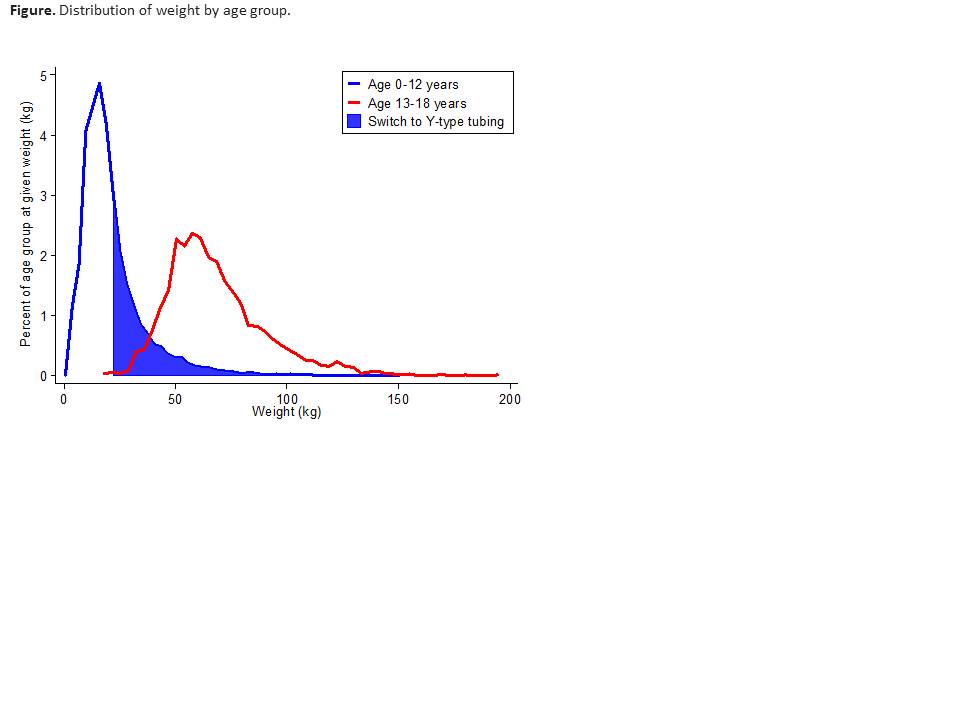NM-237
Cost containment utilizing incentivized strategiesto reduce overall healthcare cost
Koppert T, Tumin D, Tobias J, Raman V
Nationwide Children's Hosptial, Columbus, OH, USA
Introduction: Streamlining healthcare in the United States is of paramount concern while maintaining high standards of quality and safety. The Perioperative Surgical Home (PSH) initiative by the American Society of Anesthesiologists has advocated improving efficiency and quality of care while decreasing cost. In addition, we are facing medical supply and medication shortages due disruption of distribution chains due to recent natural disasters. However, changes can be simple yet effective concurrently improving efficiency while dealing with shortages. Incentivizing quality improvement changes that lead to improved efficiency and cost may be even more effective in driving such measures. At our institution, we incentivize cost savings by providing a small educational grant for project demonstrating success. The cost information is given directly to the healthcare team member affecting change. In this project, we evaluated a simple substitution of a buretrol for Y-type tubing based on weight rather than age cutoffs to visualize impact of cost-savings.
Methods: This was deemed a quality improvement project and therefore exempt from IRB approval. We obtained costs of Y-type tubing versus buretrols. We interrogated the electronic medical record to quantify case volume in the main operating room according to age and weight. We calculated our costs to compare our current practice of using buretrol fo age ≤ 12 years and the planned practice of using buretrol for weight <20kg.
Results: We identified 28,875 children ages 0-12 (60% weight <20kg) and 6,301 children ages 13-18 (0.1% weight <20kg) undergoing procedures in the main operating rooms over a 1-year period. The distribution of weight by age group is illustrated in the Figure, with the shaded area indicating switch from buretrol to Y-tubing. A unit cost savings of $4.40 substituting Y-type tubing for a buretrol was determined. Transitioning from age-based to weight-based criteria for buretrol use was determined to potentially save $51,260 over the period reviewed.
Conclusion: Simple changes can impact efficiency and cost in healthcare. It is important to consider incentivizing such measures to help drive these changes. In the future, with more incentivized measures, hopefully we can successfully make an impact of efficiency and cost of healthcare in United States without compromising safety or quality.
References
1. U.S. Spends More on Health Care Than Other High-Income Nations But Has Lower Life Expectancy, Worse Health. (2015, October 08).
2. Resilience360, D. (2017, September 22). Hurricane Maria´s Impacts on Infrastructure and Life Sciences and Healthcare Supply Chains in Puerto Rico.
Top












